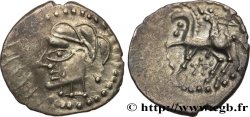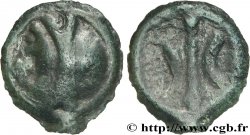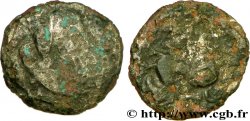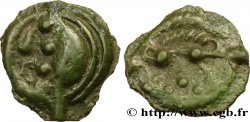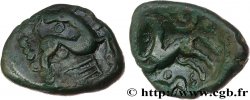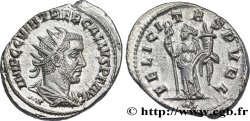E-auction 251-174381 - bga_458708 - GALLIEN - BITURIGES CUBI (Region die Bourges) Potin au bucrane et au cheval
Sie müssen angeschlossen sein und von cgb.fr genehmigt werden, um in einer E-Auktion teilzunehmen.Melden Sie sich an, um zu wetten..Die Kontobestätigungen sind innerhalb von 48 Stunden nach Ihrer Anmeldung gemacht.Warten Sie nicht bis die letzten zwei Tage vor dem Abschluss eines Verkaufs, um Ihre Registrierung abzuschließen. Klickend "BIETEN" verpflichten Sie sich vertraglich, diesen Artikel zu kaufen und Sie nehmen ohne Reserve die allgemeinen Verkaufsbedingungen für den e-auctions zu cgb.fr an.
Der Verkauf wird an der Zeit auf der Übersichtsseite angezeigt geschlossen werden. Angebote, die nach der Schließung Zeit empfangen sind, werden nicht gültig.
Bitte beachten Sie, dass die Fristen für die Einreichung Ihres Angebots auf unsere Server können variieren und es kann zur Ablehnung Ihres Angebots entstehen, wenn es in den letzten Sekunden des Verkaufs gesendet wird. Die Angebote sollen mit ganzer Zahl ausgeführt sein, Sie können Kommas oder des Punktes in Ihrem Angebot nicht erfassen. Bei Fragen klicken Sie hier, um einen Blick auf die FAQ E-Auktionen.
KEINE ANSCHAFFUNGSKOSTEN FÜR DIE KÄUFER.
KEINE ANSCHAFFUNGSKOSTEN FÜR DIE KÄUFER.
| Schätzung : | 90 € |
| Preis : | 14 € |
| Höchstgebot : | 16 € |
| Verkaufsende : | 05 Februar 2018 14:07:00 |
| Bieter : | 4 Bieter |
Type : Potin au bucrane et au cheval
Datum: Ier siècle avant J.-C.
Metall : Potin (Kupfer-Zinn-Blei)
Durchmesser : 18,5 mm
Stempelstellung : 3 h.
Gewicht : 1,32 g.
Seltenheitsgrad : R3
Kommentare zum Erhaltungszustand:
Potin encore identifiable malgré une usure marquée et un flan très fragmentaire
Vorderseite
Titulatur der Vorderseite ANÉPIGRAPHE.
Beschreibung Vorderseite Bucrane accosté de deux esses, une croisette entre les cornes ; un grènetis en descendant d’une corne à l’autre et bourrelet périphérique.
Rückseite
Titulatur der Rückseite ANÉPIGRAPHE.
Beschreibung Rückseite Cavalier (?) à gauche ; grènetis perlé et bourrelet périphérique.
Kommentare
Ce potin est très rare ; seulement connu par un exemplaire au musée de Zurich et de très rares en collections privées, c’est la troisième fois que nous le proposons à la vente.
Le prototype du droit est clairement le potin des Rèmes au bucrane, lui-même inspiré du rare sesterce de Caius Antius Restio frappé vers 45 avant J.-C. Le revers au cheval n’a rien à voir avec l’ours du potin des Rèmes.
Le cavalier supposé n’est pas visible sur le n° 275 de Zurich (lui-même repris en dessin par A. Gaumann pour son n° 176). Le n° 24.5 de H. Patat correspond à notre monnaie, mais le cavalier pourrait n’être qu’une interprétation à partir de globules qui auraient fusé entre eux....
This potin is very rare; only known from a example in the Zurich museum and very rare ones in private collections, this is the third time that we have offered it for sale. The prototype of the law is clearly the Remi potin on the bucrane, itself inspired by the rare sestertius of Caius Antius Restio struck around 45 BC. The reverse on the horse has nothing to do with the bear of the potin of the Remes. The supposed rider is not visible on number 275 of Zurich (itself used in drawing by A. Gaumann for his number 176). No. 24.5 by H. Patat corresponds to our coin, but the rider could only be an interpretation based on globules which would have merged between them...
Le prototype du droit est clairement le potin des Rèmes au bucrane, lui-même inspiré du rare sesterce de Caius Antius Restio frappé vers 45 avant J.-C. Le revers au cheval n’a rien à voir avec l’ours du potin des Rèmes.
Le cavalier supposé n’est pas visible sur le n° 275 de Zurich (lui-même repris en dessin par A. Gaumann pour son n° 176). Le n° 24.5 de H. Patat correspond à notre monnaie, mais le cavalier pourrait n’être qu’une interprétation à partir de globules qui auraient fusé entre eux....
This potin is very rare; only known from a example in the Zurich museum and very rare ones in private collections, this is the third time that we have offered it for sale. The prototype of the law is clearly the Remi potin on the bucrane, itself inspired by the rare sestertius of Caius Antius Restio struck around 45 BC. The reverse on the horse has nothing to do with the bear of the potin of the Remes. The supposed rider is not visible on number 275 of Zurich (itself used in drawing by A. Gaumann for his number 176). No. 24.5 by H. Patat corresponds to our coin, but the rider could only be an interpretation based on globules which would have merged between them...







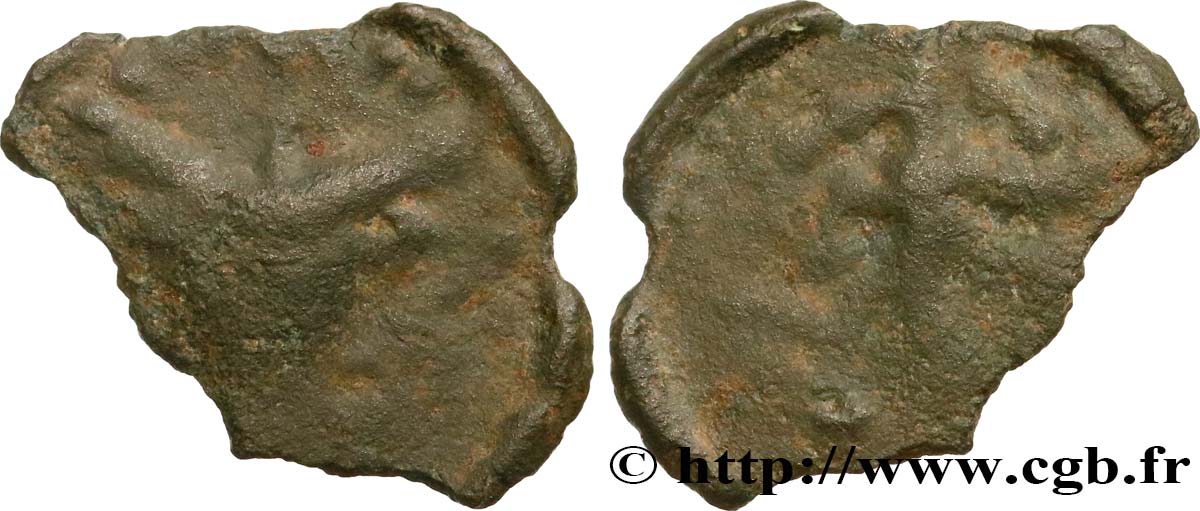
 Berichten über einen Fehler
Berichten über einen Fehler Die Seite drucken
Die Seite drucken Teilen meiner Auswahl
Teilen meiner Auswahl Stellen Sie eine Frage
Stellen Sie eine Frage Einlieferung/Verkauf
Einlieferung/Verkauf
 Details
Details